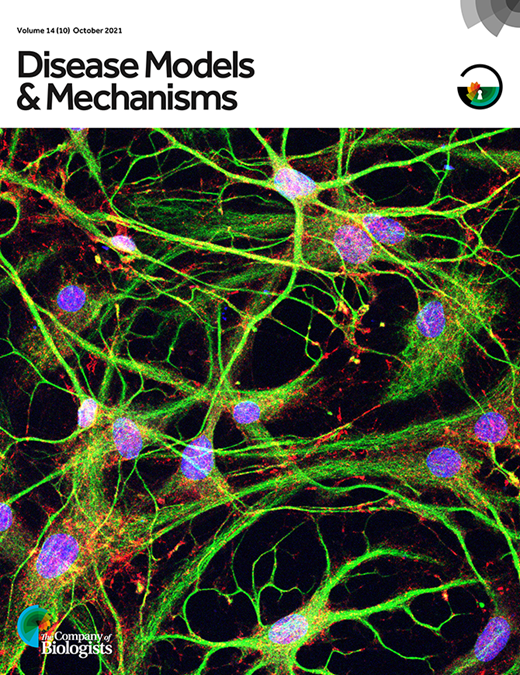Drs. Eva Feldman and Stephanie Eid"It was such an honor to be asked by DMM to be a part of their World Diabetes Day coverage. Dr. Feldman and I wrote this perspective to highlight the impressive array of experimental advantages that the diet-induced neuropathy models offer—how closely this model recapitulates the human disease, as well as the limitations and challenges that come in the translation from bench to bedside when using this model." (Rose C. and Nathan L. Milstein Family Emerging Scholar Dr. Stephanie Eid)

PERSPECTIVE| 11 NOVEMBER 2021

